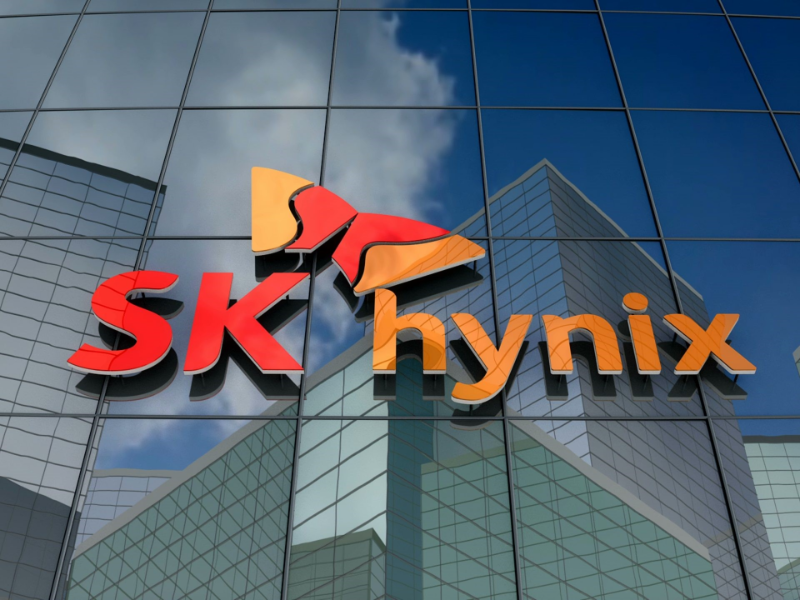- SK Hynix posted its strongest quarterly profit since 2018, reaching $3.96 billion, driven by AI chip demand.
- This marks the third consecutive profitable quarter for the company, contrasting sharply with a $2.1 billion loss a year ago, and aligning with LSEG SmartEstimate expectations.
OUR TAKE
SK Hynix’s strong Q2 profit, driven by AI chip demand, underscores the sector’s growth. As a leading HBM supplier to Nvidia, the company’s success highlights the importance of early strategic moves and significant investment in high-end technologies. The planned expansion and new facility indicate continued commitment to meeting rising AI-driven demands.
–Vicky Wu, BTW reporter
What happened
South Korea’s SK Hynix announced its strongest quarterly profit since 2018 on Thursday, driven by heightened demand for AI chips, particularly high-bandwidth memory (HBM) utilised in generative AI chipsets. This marks the company’s third consecutive quarter of profitability following losses in the previous year.
As the world’s second-largest memory chip manufacturer, SK Hynix has seen significant gains from the growing demand for high-end chips and enterprise solid-state drives (eSSDs), owing to its early strategic focus and substantial investment in these areas. For the period between April and June, the company reported an operating profit of $3.96 billion, a stark contrast to the $2.1 brillion loss recorded a year ago. This figure aligns with the expectations of LSEG SmartEstimate. The robust demand for high-end DRAM chips, including HBMs, and chips utilised in data centre servers and devices that support on-device AI services, has led to an increase in chip prices.
Also read: Nvidia develops new AI chip for China amid US export control
Also read: SAP cloud revenue rises 25% as AI demand boosts growth
Why it’s important
SK Hynix, a major provider of HBM chips to Nvidia, competes with US-based Micron Technology and South Korean giant Samsung Electronics. In March, SK Hynix initiated mass production of its fifth-generation HBM chips, branded as HBM3E, with initial deliveries focused on Nvidia, according to sources.
Shinhan Securities’ analysts forecast that HBMs may account for roughly 20% of SK Hynix’s DRAM profits by the end of 2024, as Nvidia ramps up its plans for next-generation graphics processing units (GPUs) to address the escalating demand driven by the generative AI trend. In May, SK Hynix’s CEO, Kwak Noh-Jung, indicated that the company’s HBM chips had been sold out for 2024 and were nearly fully booked for 2025. Analysts believe that the AI-led surge in the chip industry could persist well into the following year.
To keep pace with the growing demand for advanced memory chips, SK Hynix has announced an additional investment of $14.56 billion to expand its semiconductor production capacity within South Korea. Additionally, the firm intends to construct a $3.87 billion AI chip-packaging facility in Indiana.

